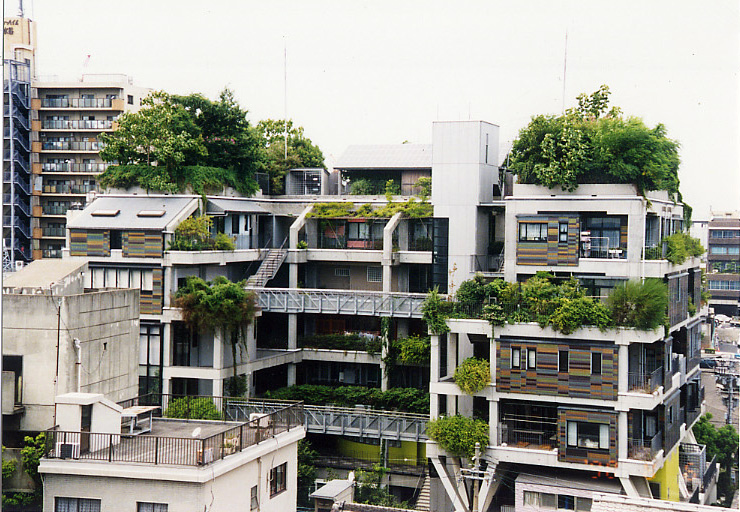Abenomics, Japan’s economic plan with three arrows in the quiver, may need another few arrows.
Japanese Prime Minister Shinzo Abe’s plan to boost growth and conclusively lift the world’s third largest economy out of a long deflation phase hit another road bump. After three quarters of growth, the Bank of Japan sees weak Asian demand sending factory output lower during the second quarter. In the first quarter industrial production beat the market’s forecasts and advanced 1.5% over the previous quarter, ATimes reported.
The central bank’s negative prediction for outlook was based on rising inventories at automakers and steelmakers seeing a drop in production due to a slowing of Asian demand.
“Industrial production will increase moderately reflecting domestic and overseas demand, albeit with some fluctuations,” the BOJ said in a monthly economic report released on Monday.
The three arrows of the Abenomics strategy are aggressive monetary easing, flexible fiscal policy and reforms that will increase Japan’s long-term economic growth. The additional arrow will probably be getting the business sector to increase investments in their companies, specifically capital expenditures.
Last year, Abe pressured business executives to raise worker wages for the first time in years. On Monday, Abe said he plans to meet with the business sector to encourage more capital expenditures. In particular, Japanese companies have an urgent need to buy more cutting-edge information technology.
To Curb Debt
Ski instructors are among the foreign workers who could find it easier to live in Japan after the government revealed an economic strategy that pledges a three-year dash for growth and no extra tightening of fiscal policy until 2018 or beyond.
The draft plan, expected to be approved by Japan’s cabinet next week, shows Shinzo Abe is betting on higher growth rather than fiscal measures to tackle the world’s largest public debt of 246% of gross domestic product.
It outlines several measures to add to the “third arrow” of Abe’s stimulus strategy, which is aimed at boosting growth—including a revamp of national universities and allowing the tourist and IT industries to hire foreign workers—and shows his determination not to choke the economy with a premature fiscal squeeze.
The fiscal strategy contains no big spending cuts or revenue rises beyond the 2 percentage point rise in consumption tax already planned for 2017.
While some analysts have criticized the government’s rosy economic assumptions—including faster growth in Japan than the US—the strategy suggests Abe’s cabinet office has won a bureaucratic turf war against the finance ministry’s wish for rapid fiscal tightening.


